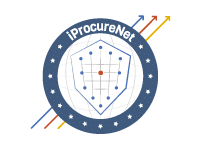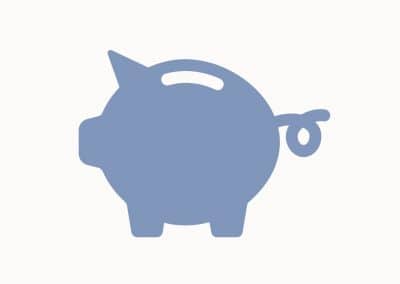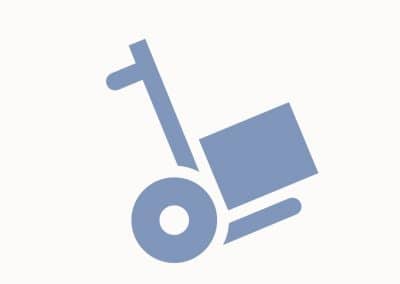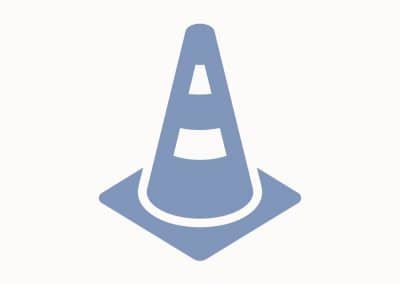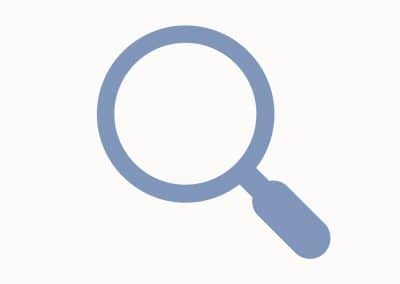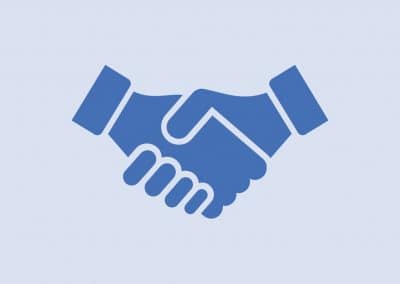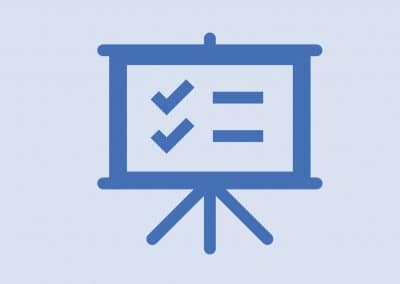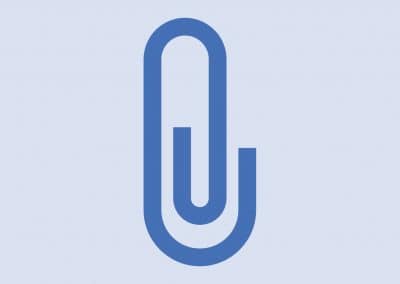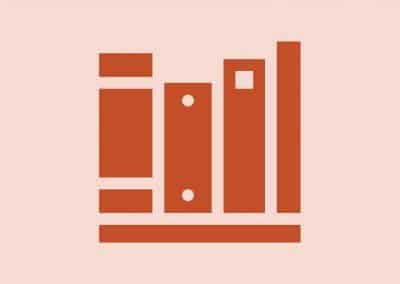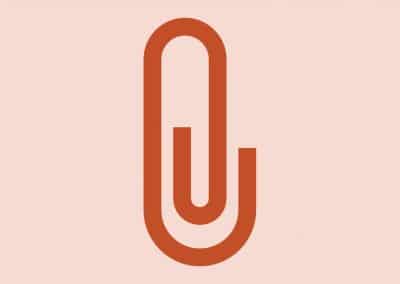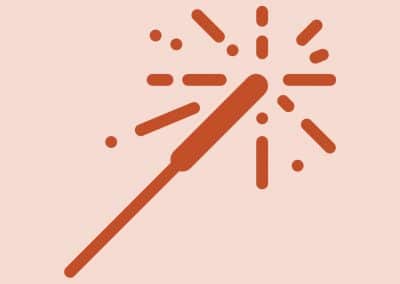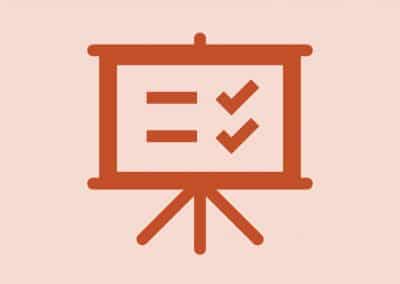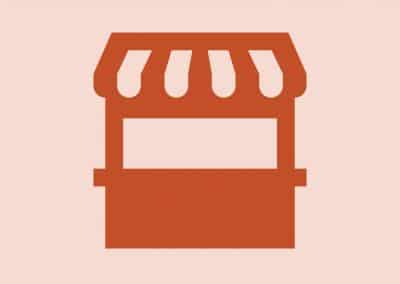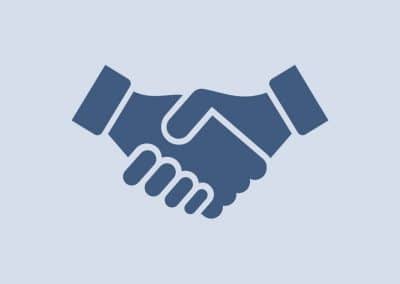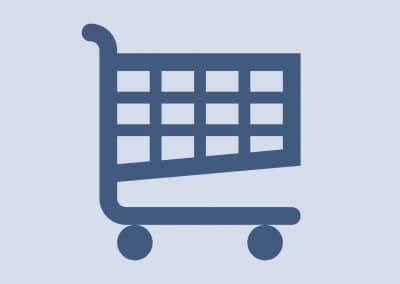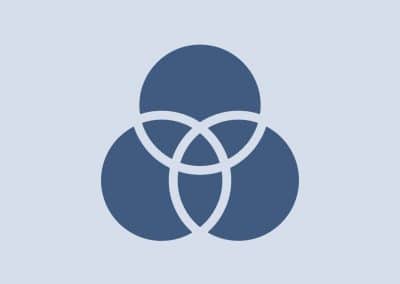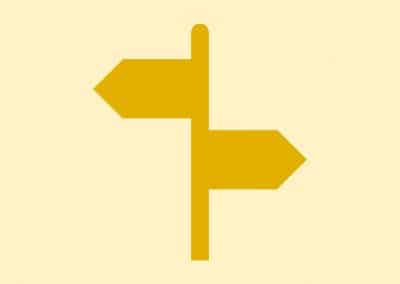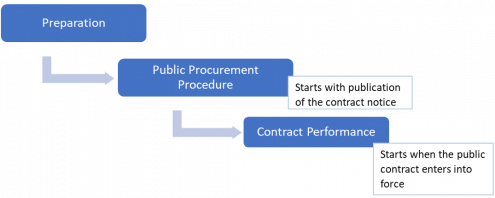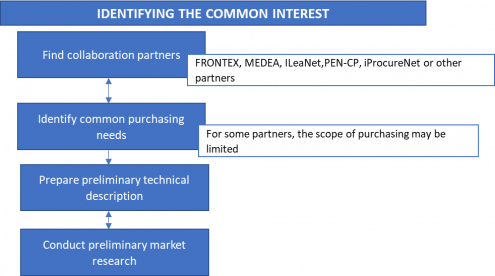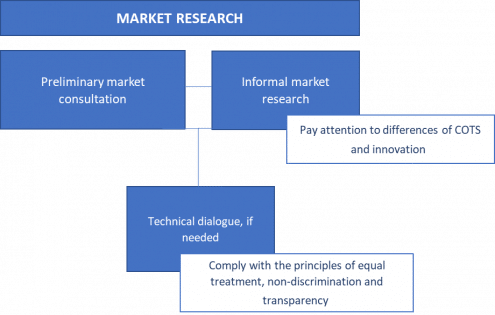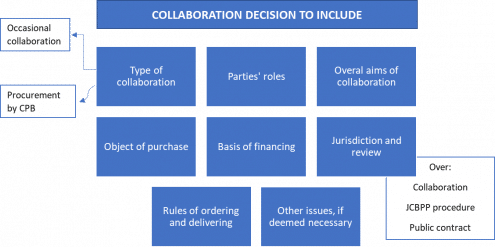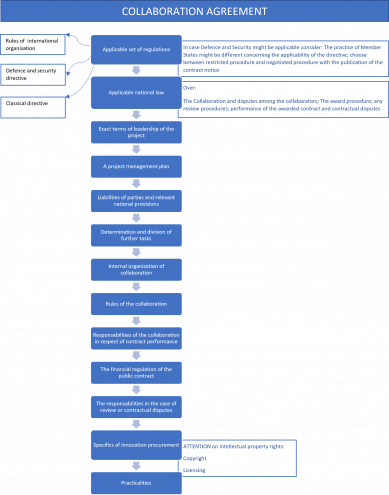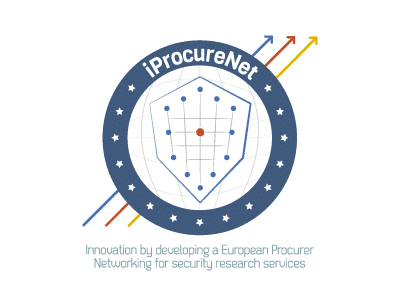Overview of steps and phases
Step 1: Identification of joint procurement needs
- Identify internal and external partners for the collection and needs assessment, to make a quality decision.
- Determine which data are required to identify needs at the strategic, operational, and tactical levels. The focus should be on data that deal with policy, strategies, plans, and implementation of the procurement process.
- Determine potential sources of data. Possible sources are investment plans and research activities.
- Schedule interviews, create surveys, arrange focus groups, collect documents to be reviewed, and make arrangements to collect information that is not already available.
- Pilot interview protocols, questionnaires, surveys and other information-gathering tools. These tools are developed and updated during the project lifecycle.
- Collect and assess information using a variety of appropriated tools and techniques such as:
- a. A literature review
- b. Internet scanning
- c. Interviews with experts
- d. Workshops with innovation projects
- e. Discussion with innovation producers, and researchers and developers
- f. Research papers search and monitoring
- g. Research and innovation project interactions
- h. Interactions with end end-users
- i. Interaction with respective EU bodies or study best practices of MSs and EU bodies including NSPA and NCIA agencies
- j. Identify commons segments to foster innovation and JCBPP.
- The collected information from the investment plan can be used to identify common segments for JCBPP.
Identifying needs and innovation
- A public organisation purchases goods and services that it needs to perform its function
- A public organization should not seek innovation just for the sake of innovation, but rather innovation to meet unmet needs to enable an organization to fulfil its function effectively.
- A key success factor for innovation is an accurate understanding of the unmet need it is targeting
- To promote innovation, you first must understand the needs of the procuring entity and the needs of end-users such as border patrols, firefighters, forensic investigators.
- The analysis of LEAs’ Procurement Plans is a process that allows to gather LEAs’ challenges, needs and possibilities for JCBPP and to establish common needs, nevertheless:
- investment plans’ analysis normally leads to identification of segments for possible JCBPP that are COTS rather than procurement of innovation or procurement of innovative solutions (because of the short time horizon (approximately one year or even less), the end-users must be relatively specific when describing intended purchases for a given time. Therefore, the investment plans often contain a simple description of the subject of the tender, its estimated value and period the contract is needed)
- more complex problems that may need stepwise approach and innovation procurement often will not be described in the procurement plans as the time horizon is longer and the procurement criteria are not so specifically determined
- To promote innovation, it is necessary to understand the contracting authority’s needs and end-users operating procedures
- iProcureNet refined a framework approach that integrate three components, as shown in the figure, that has proved to offer a strong support for capturing challenges and needs of emergency services, LEAs and internal security and public safety agencies
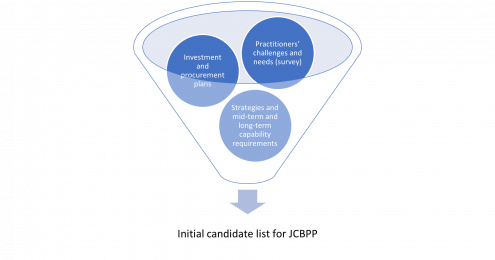
Suggested integrated methodology for devising initial candidate list for JCBPP
- Identification and assessing common needs can also occur outside any formal network as well as within existing networks
- It is vital that in the process of identifying common interests, collaborators note and respect potential restrictions that can arise from the regulated scope of collaborators’ purchasing activities.
Step 2: Market research or market analysis
- Market analysis serves to collect information as input to the procurement of goods, services and works for all tender methods
- The collected information can be afterwards used by procurement practitioners as input to:
- define procurement requirements
- select the appropriate tender method,
- analyse and evaluate proposals/submissions from bidders/suppliers, and better determine the best solutions in terms of outcomes, price, and price risk
- There are several definitions and views on what market analysis means, and consequently, there are several options for market analysis. It depends on what is the aim or the goal of market analysis in a given procurement situation.
- There are different types and levels of market research – formal or informal, preliminary market consultations can include meetings with the market participants, online questionnaires, or less conventional means such as competitions or hackathons.
- Any consultation, irrespective of its type, must comply with the principles of equal treatment, non-discrimination and transparency, refrain from engaging economic operators in a way that might cause those operators to be excluded from the procurement later and thus reduce the competition.
- Particular attention must be paid to any applicable national guidelines.
- Sometimes market analysis can be less complex. It can serve to identify as many viable suppliers as possible.
- Benefits of conducting a market analysis:
- to identify the suppliers potentially delivering the best solution in tenders
- Market analysis steps in iProcureNet
-
- Prior market analysis
- Identification of possible suppliers of solutions
- Solution comparison where it was possible
- Assessment of each market in the given segment
-
Market Analysis in detail
- Prior Market Analysis and identification of possible suppliers
The prior market analysis is a search for products and suppliers that fall within the scope of each specific segment. In the 3rd cycle of the iProcureNet, the representatives of the iProcureNet consortium attended security fair/exhibition EnforceTac 2023 to learn state-of-the-art in given segments. Participation in the EnforTac security exhibition was used to gather information on developments in technology and solutions used by the security forces. This information is used to process analyses within the identified areas where joint procurement could be carried out.
Thanks to the participation in the exhibition, it was possible to identify innovative manufacturers of security equipment, to introduce them to the iProcureNet project as well as to the objectives to be achieved by the project. They were also provided with information on how to get involved in the project and how to join the “Community and Network”.
Visiting security fairs and exhibitions allowed to:
- Collect information about possible suppliers of security solutions
- Learn about innovation in segments from market players
- Engage with the market because it is not possible to successfully establish procurement pathways for innovation without engaging with the market
- Disseminate information about the goals and aims of the iProcureNet.
The RFI was the next step after the desk research and visiting security fairs and exhibitions. In the context of iProcureNet, consortium members did the prior market analysis. They were asked to share the RFI in the form of the survey with the suppliers they know of that could deliver products and solutions in the form of the survey relevant segments. Based on their previous experience with procurement of solutions that fall within the scope of relevant segments, the consortium members identified relevant products and possible suppliers.
As looking for innovative solutions, suppliers were asked about the possibility to tackle the challenges in the use case with existing solutions, e.g.:
- Would you like to provide feedback on this use case
- Can you tackle the given challenge with a solution already available on the market?
- If not, do you know of technology that could tackle the challenge but is still in development/need further research? Please provide more information.
- Do you know the TRL of those solutions that are still in development?
- Do you have questions/suggestions about the use case?
![]() Joint cross-border public procurement in Europe Analysis of the iProcureNet survey and case studies
Joint cross-border public procurement in Europe Analysis of the iProcureNet survey and case studies
![]() Tool: Template for market study report
Tool: Template for market study report
![]() Supply market analysis. THe State of Queensland (Departmernt od Housing and Public Works), 2018
Supply market analysis. THe State of Queensland (Departmernt od Housing and Public Works), 2018
Step 3: Identification of financing possibilities
For any project an organisation needs to consider the available choice of funding:
- To carry out the project/procurement from the State (organisation’s) budget
- With funds from a Structural Fund financed by the EU and managed by the Member State, or
- Direct funding such as Horizon2020/Horizon Europe, or
- By combining different sources s (such as ESIF).
JCBPP is a complex procedure that involves more participating CAs from different Member States. Therefore, several questions need to be answered:
- How the national auditing organs in the case of EU funded projects control the procurement process and documentation?
- Do they control the procurement procedure regarding national law on public procurement or the European rules on public procurement stated in directives on public procurement?
Step 4: Reaching a decision or memorandum to cooperate
Joint Cross-Border Public Procurement (JCBPP)
JCBPP and IP in the Security Sector
Joint Cross-Border Public Procurement (JCBPP)
Innovation Procurement (IP)
How to: Guide for JCBPP & IP
Ethics in procurement
